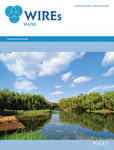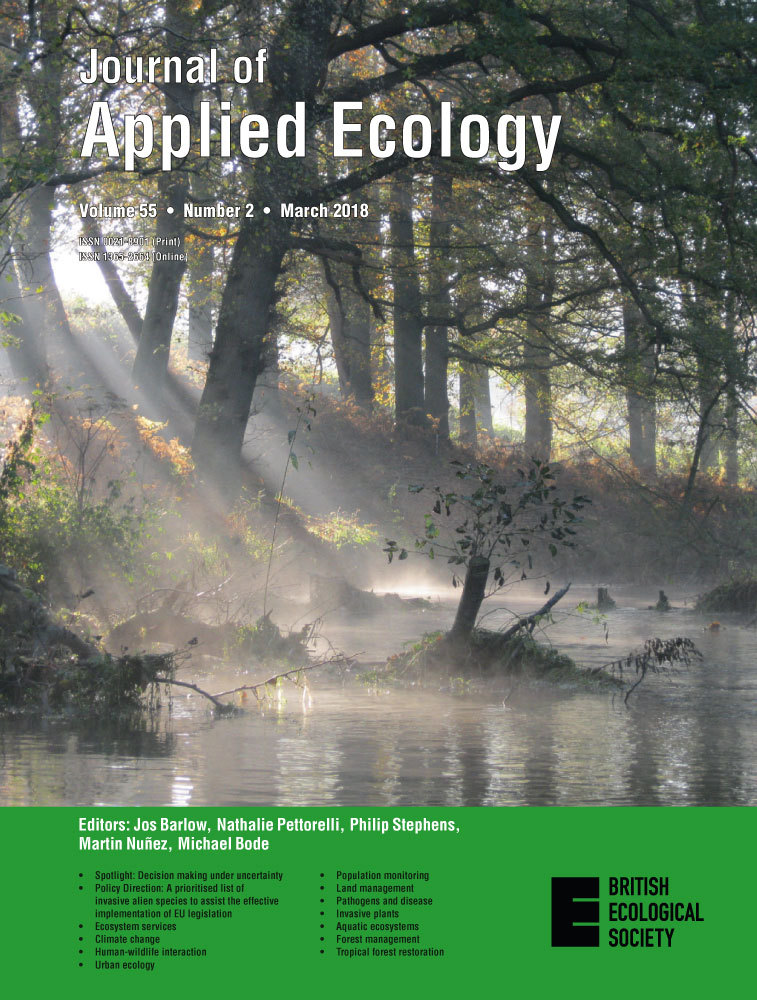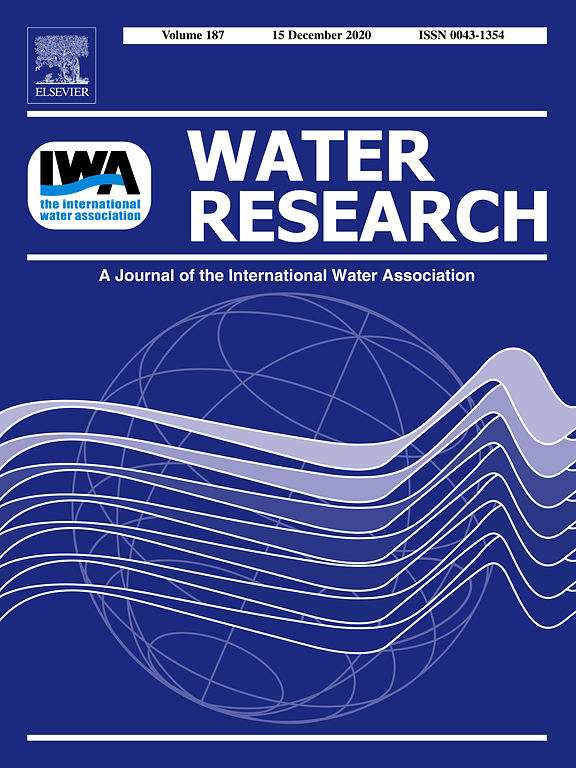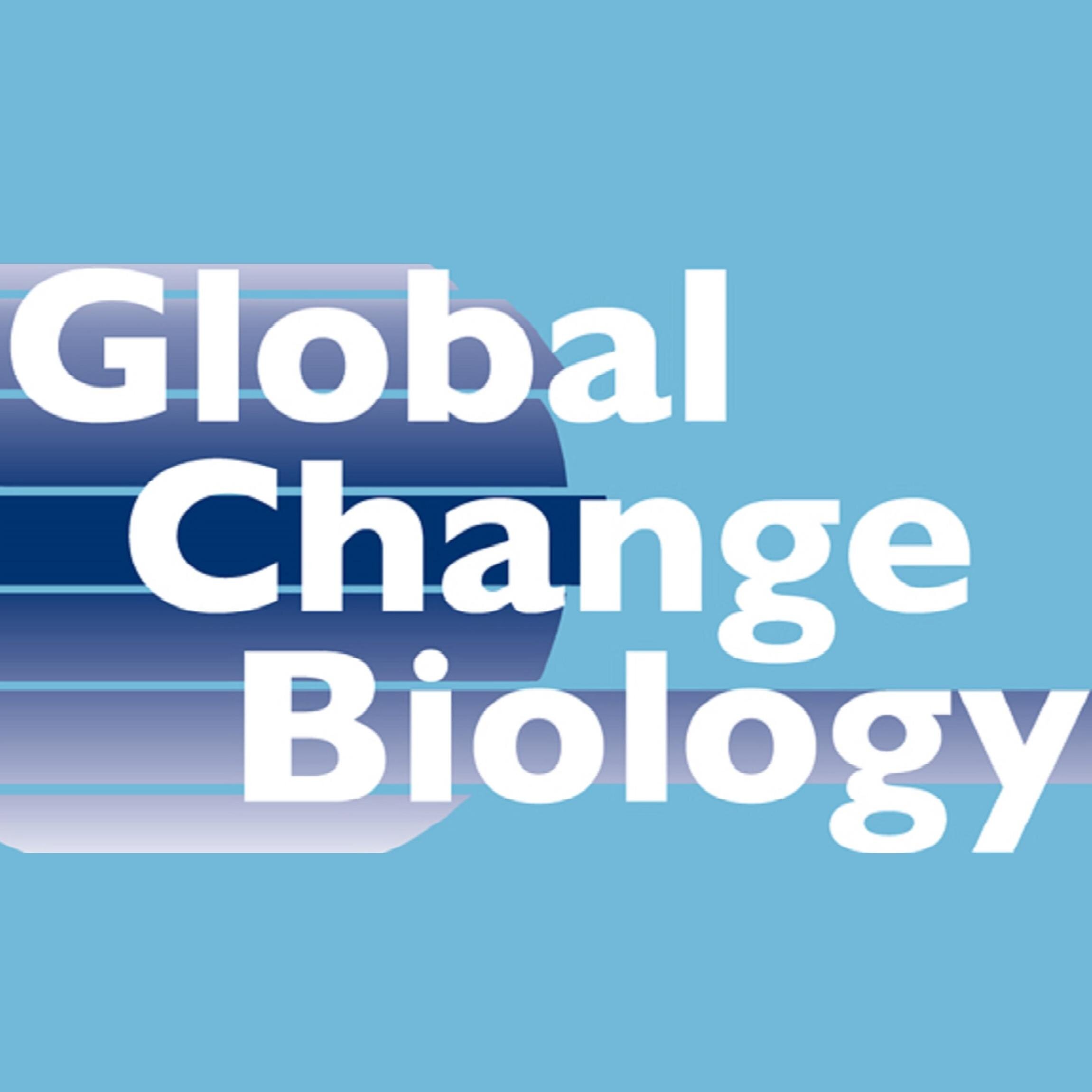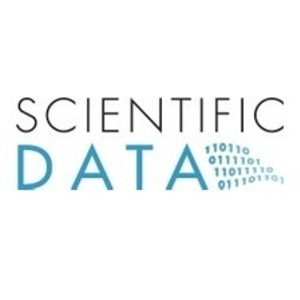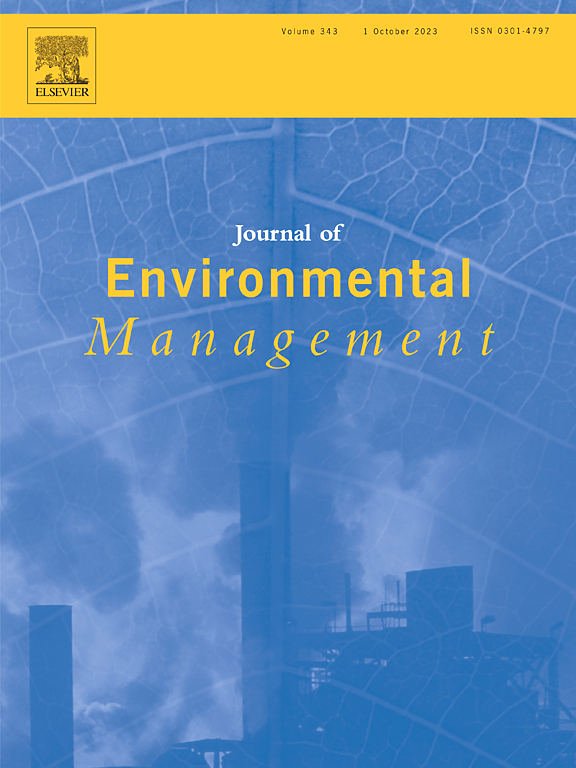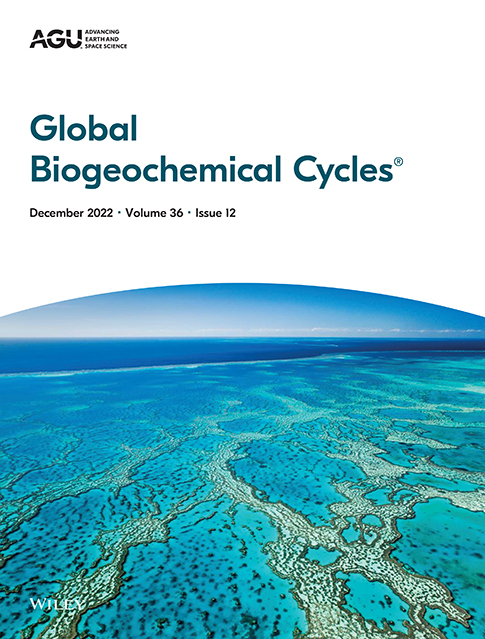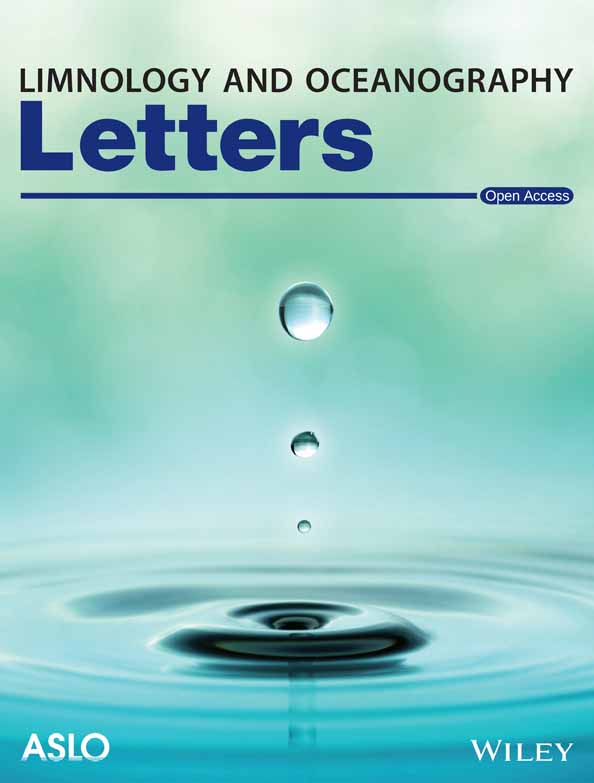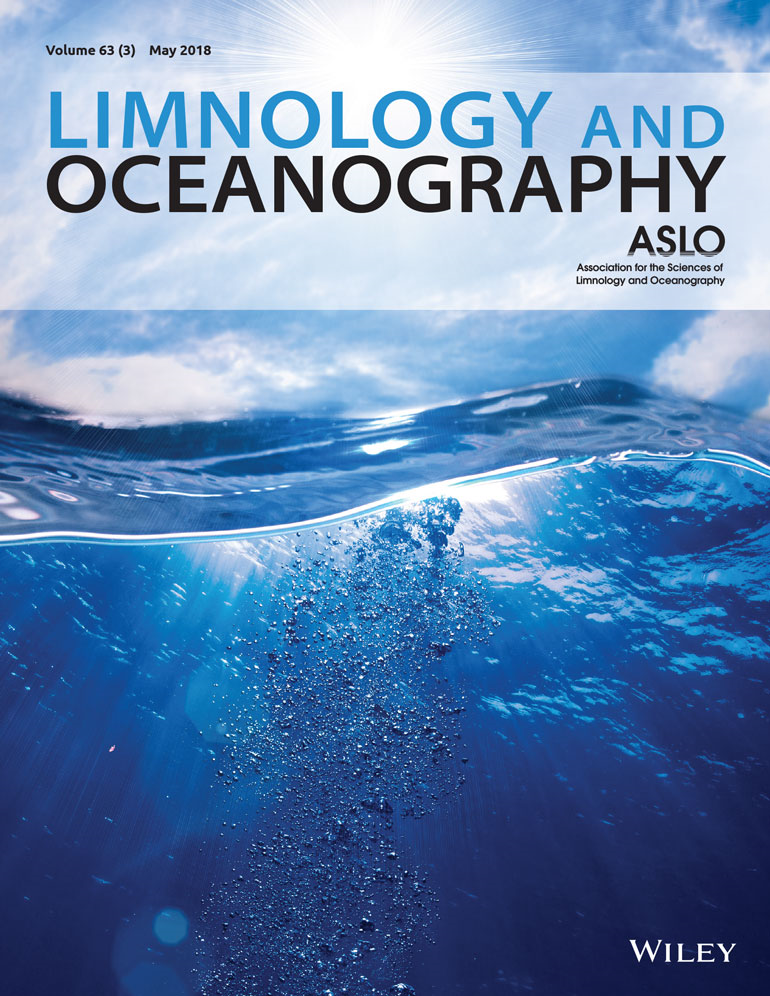- Topic:Freshwater ecosystems
Reviving Europe's rivers: Seven challenges in the implementation of the Nature Restoration Law to restore free-flowing rivers
The authors identified potential challenges and ambiguities in the EU-NRL for restoring free-flowing rivers. They propose clear definitions of critical terms and the development of integrated assessment methods for prioritising actions to improve river connectivity as novel solutions to these challenges, contributing to the success of habitat restoration and biodiversity protection.
Perspectives in modelling ecological interaction networks for sustainable ecosystem management
The study provides perspectives on the use of network models to address a variety of applied ecological questions along spatial and temporal dimensions as well as on interactions between abiotic and biotic components of ecosystems. Through collaborative research, network models could provide important levers for sustainable management.
Environmental DNA, hydrochemistry and stable water isotopes as integrative tracers of urban ecohydrology
The authors investigated the variability of planktonic bacteria and benthic diatoms coupled with insights from hydrochemistry and stable water isotopes across four urban streams in Berlin. DNA metabarcoding results shows substantial spatio-temporal variability across urban streams in terms of microbial diversity and richness, with clear links to abiotic factors and nutrient concentrations.
Lake browning counteracts cyanobacteria responses to nutrients: Evidence from phytoplankton dynamics in large enclosure experiments and comprehensive observational data
This study combines experiments in large enclosures with a comprehensive time series and a field survey to assess the joint effects of storm-induced lake browning, nutrient enrichment and deep-mixing on phytoplankton.Browning decreases nutrient enrichment effects on phytoplankton, including shifts in the species composition from cyanobacteria and chlorophytes to mixotrophic cryptophytes.
Flow dynamics in rivers with riffle-pool morphology: a dataset from case studies and field experiments
Riffle-pool sequences provide vital ecological services to aquatic organisms and are considered fundamental habitats in fluvial ecosystems. Little is known about riffle-pool hydrodynamics. The study presents a dataset on turbulent flow structure in riffle-pool sequences of a natural river, the Tagliamento River in Italy.
The European freshwater landscape and hotspot areas of mass effects and regional connectivity
The authors detected great concentrations of source hotspots on the northern regions associated to lentic ecosystems, main European rivers acting as ecological corridors for all freshwaters, and a mixed distribution of connectivity hotspots in southern and Mediterranean ecoregions.
Socio-economic or environmental benefits from pondscapes? Deriving stakeholder preferences using analytic hierarchy process and compositional data analysis
The authors studied the needs and knowledge of stakeholders who own, work, research, or benefit from pondscapes in 8 countries. Using the analytic hierarchy process, this study shows that in general stakeholders in the European and Turkish demo-sites prefer environmental benefits, while stakeholders in the Uruguayan demo-sites rank the economic benefits higher.
Global patterns and controls of nutrient immobilization on decomposing cellulose in riverine ecosystems
The research team used a standardized, low-nutrient organic matter substrate (cotton strips) to quantify nutrient immobilization at 100 paired stream and riparian sites representing 11 biomes worldwide. Immobilization rates varied by three orders of magnitude, were greater in rivers than riparian zones, and were strongly correlated to decomposition rates.
Environmental variability in aquatic ecosystems: avenues for future multifactorial experiments
Variability is inherent to all natural ecosystems, yet the consequences of alterations to existing variability patterns in environmental factors expected under global change scenarios remain unclear. The authors identified sources of mismatches, challenges, and knowledge gaps to contribute to a research agenda on the effects of variability in aquatic systems. T
From minute to day: ecophysiological response of phytoplankton to fluctuating light exposure during vertical mixing
The authors performed a cross-timescale investigation of a suite of physiological processes governing phytoplankton growth under fluctuating light exposure during vertical mixing: Respiration was enhanced in the short periods of low light following higher photosynthesis at the lake surface, indicating a tight connection between photosynthesis, respiration and biosynthesis under fluctuating light.


